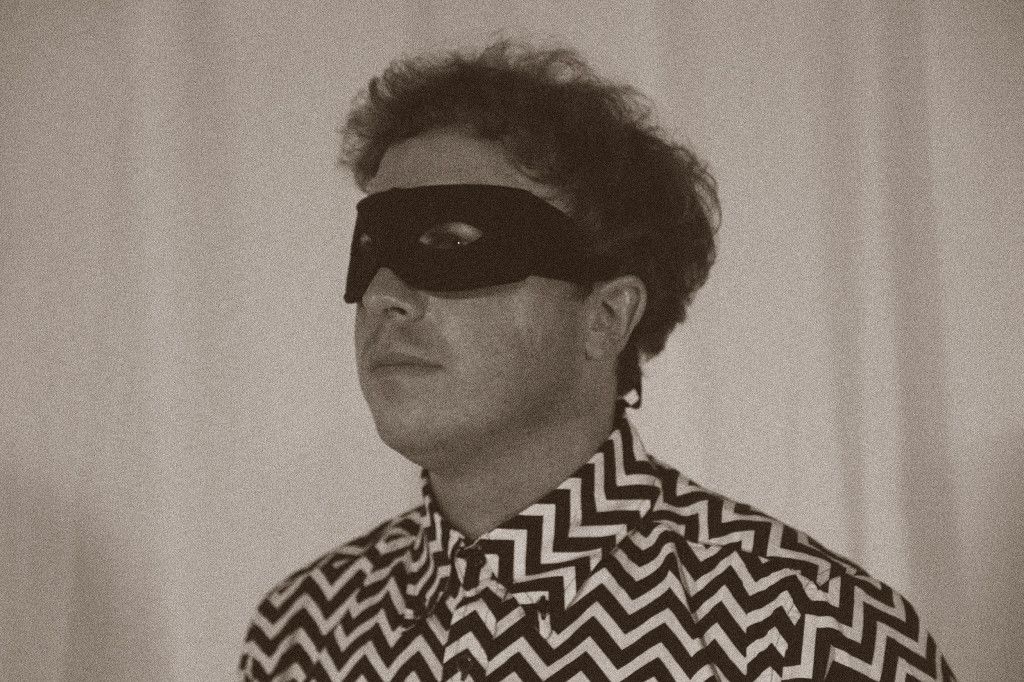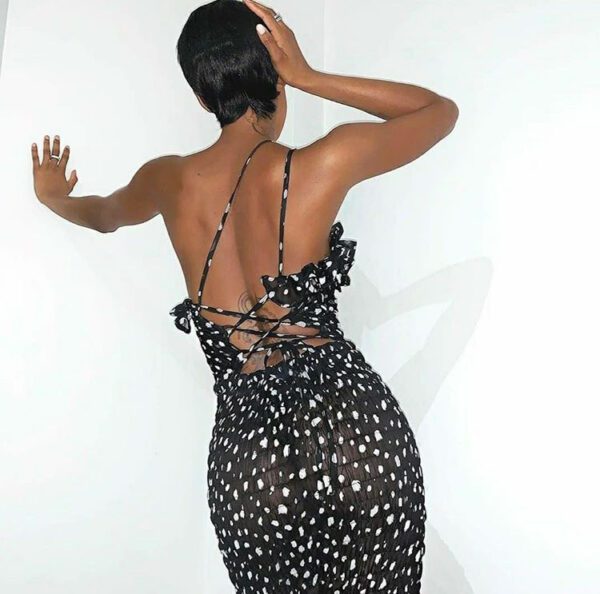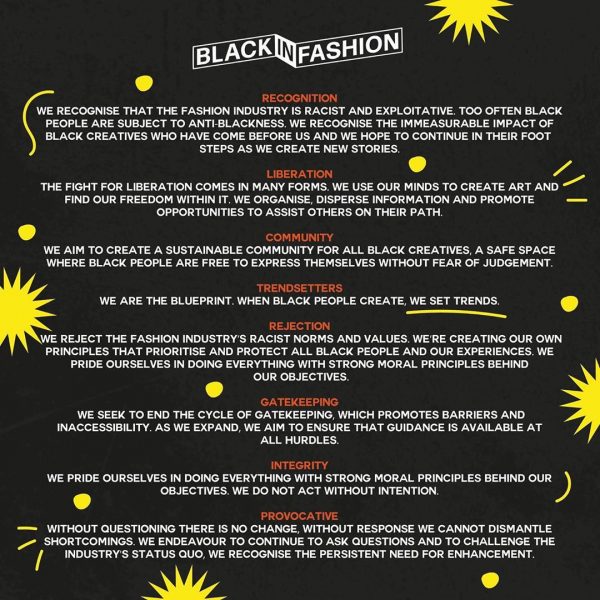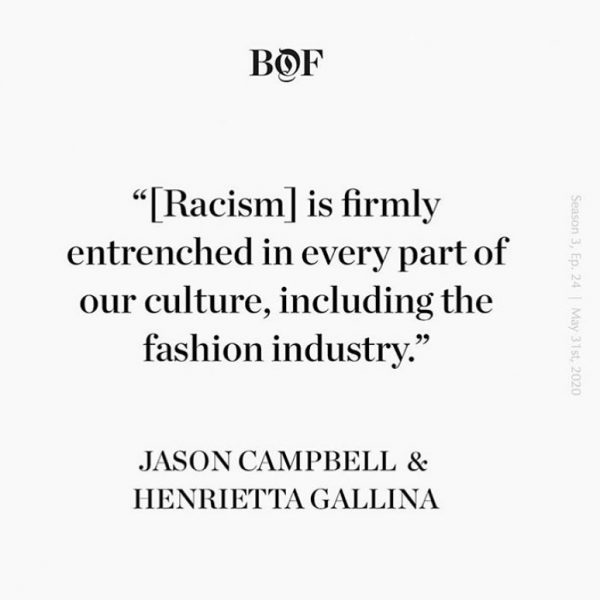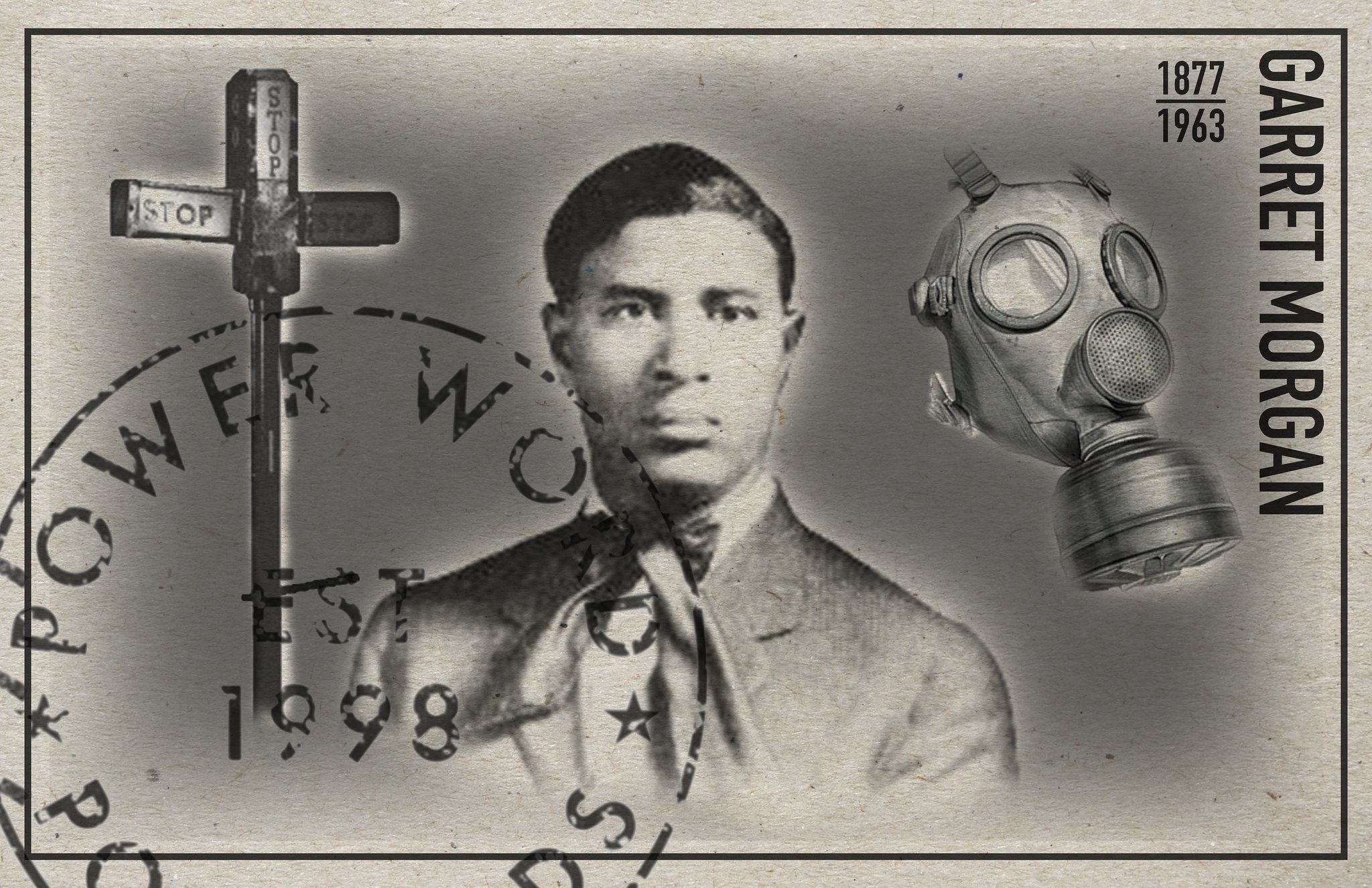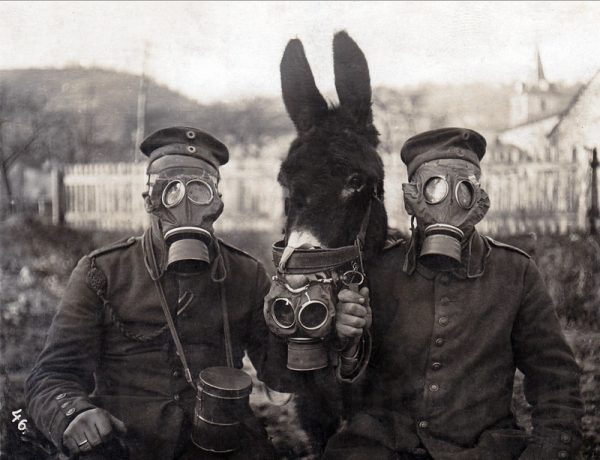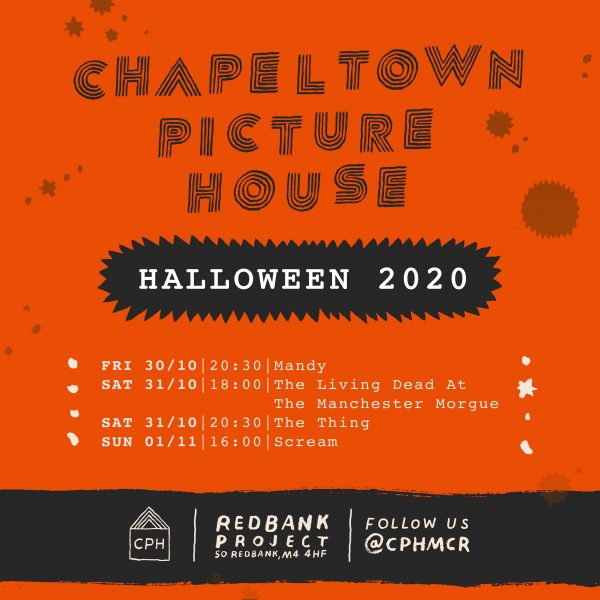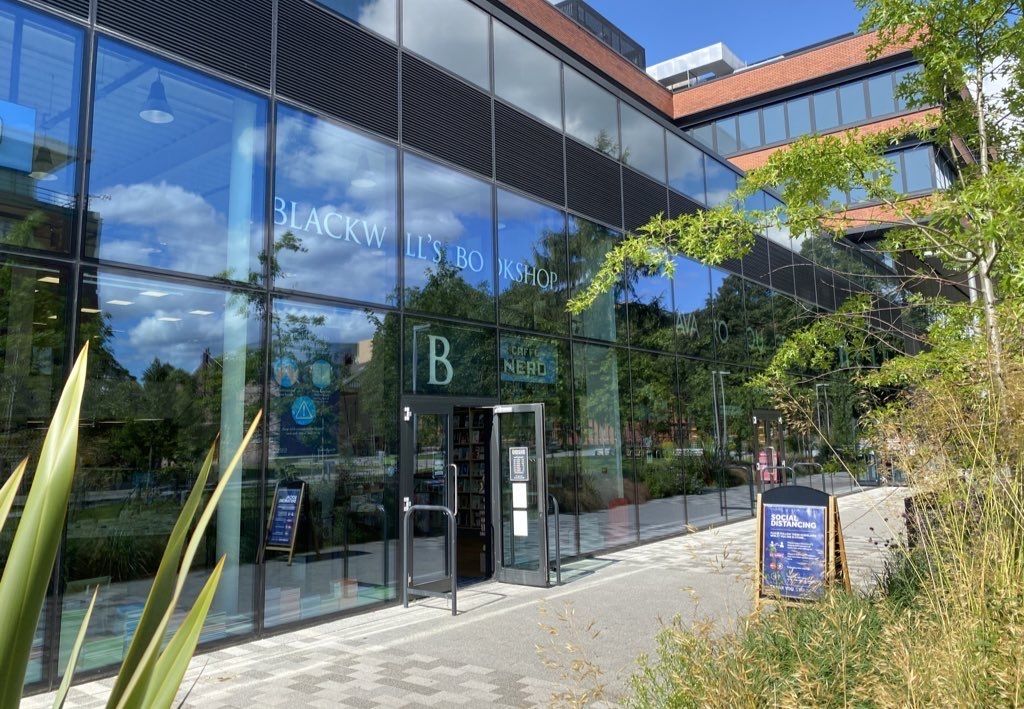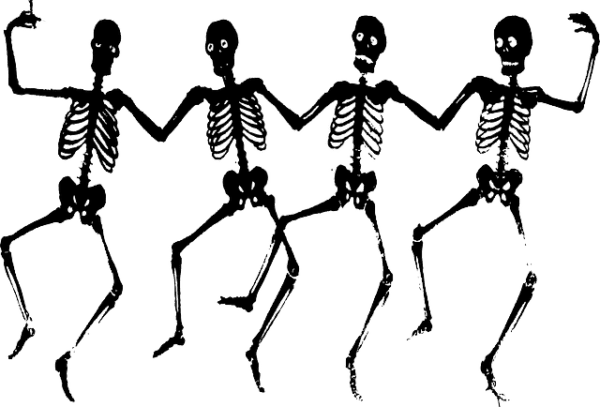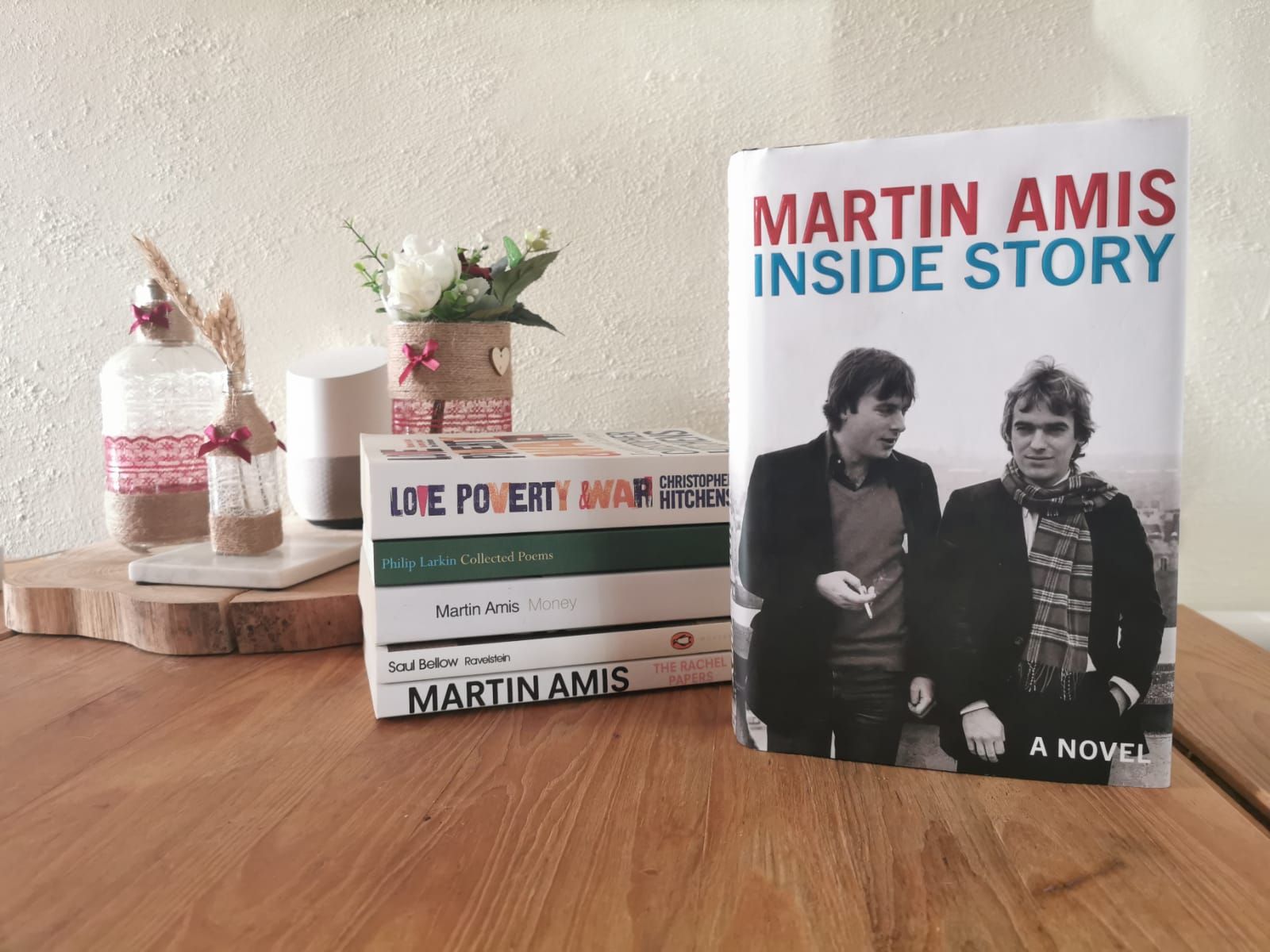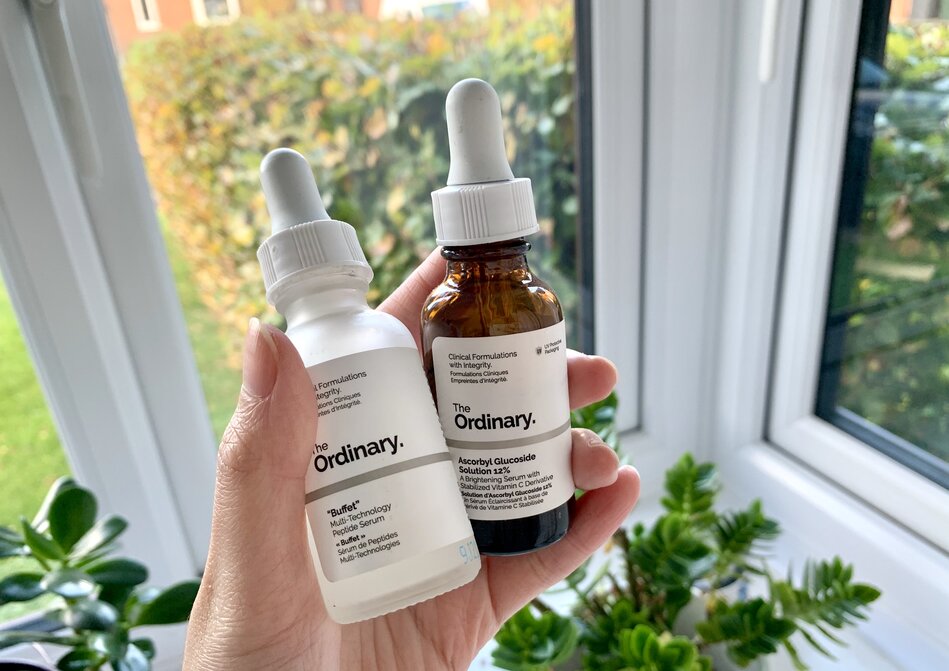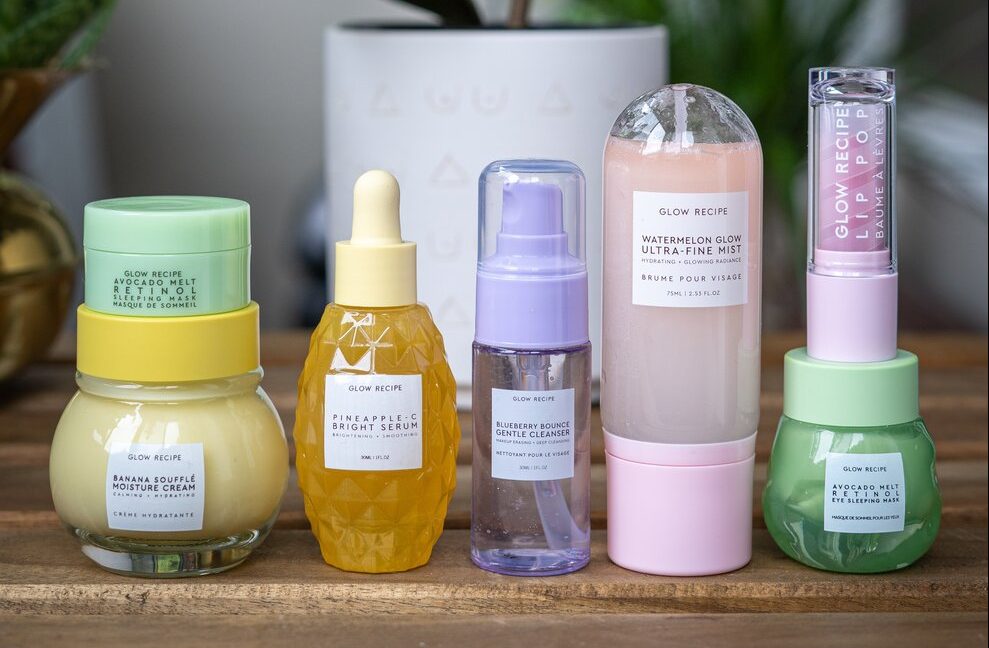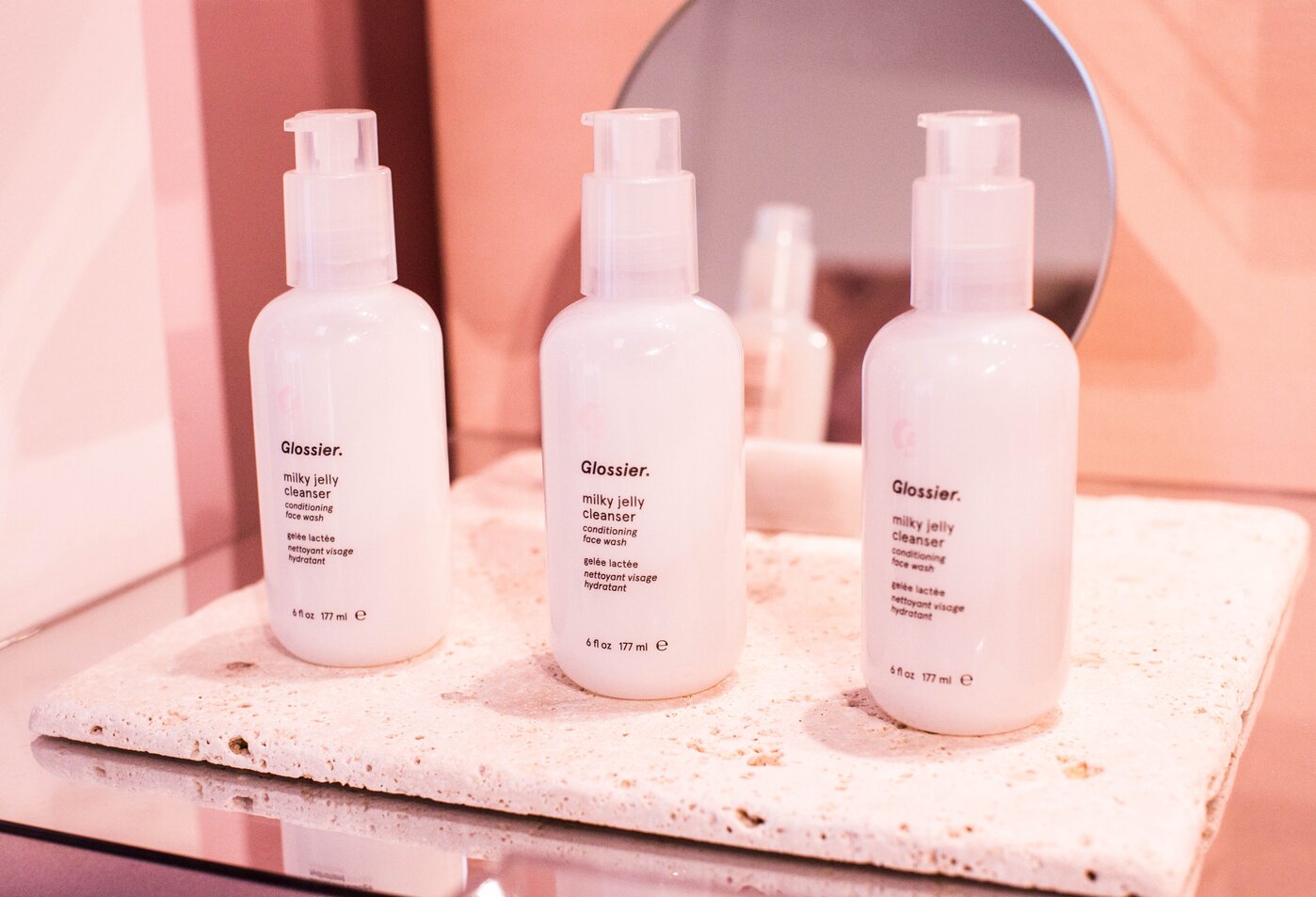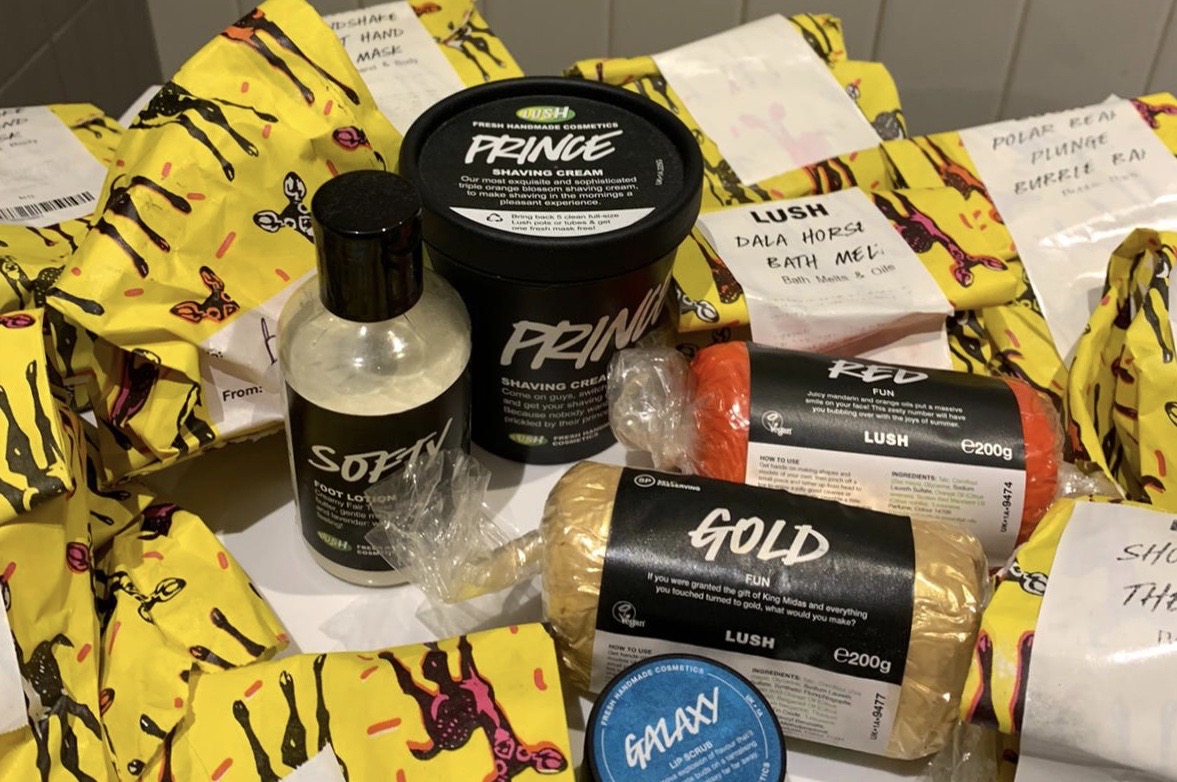US election 2020: Your guide to election night
On Tuesday 3rd November America will go to the polls to vote on who they want as their next President. Will incumbent Donald Trump get the four more years he craves or will former Vice-President Joe Biden win the White House?
So, how does the US voting system really work? Here’s all you need to know.
The Federal Government: separation of powers
The biggest difference between the US and UK elections is that in the USA they have a federal system as opposed to our constitutional monarchy.
This essentially means that voters in America elect a national federal government to oversee “big picture” issues such as foreign policy, security and the national economy, while state governments generally legislate on local issues such as education and health.
The federal government is spread over three branches of government to prevent one person (the President) from amassing large amounts of power. These three branches are:
- The Executive (the Presidency) who execute the laws
- The Legislature (Congress) who make the laws
- The Judiciary (the Supreme Court) who interpret the laws
This differs from the UK because we have one central government with the executive and legislature fused into one body (Parliament). This means that in America they have 2 different, simultaneous elections for both Congress and the Presidency so on Tuesday Americans will vote for multiple senators, representatives and local officials as well as the President.
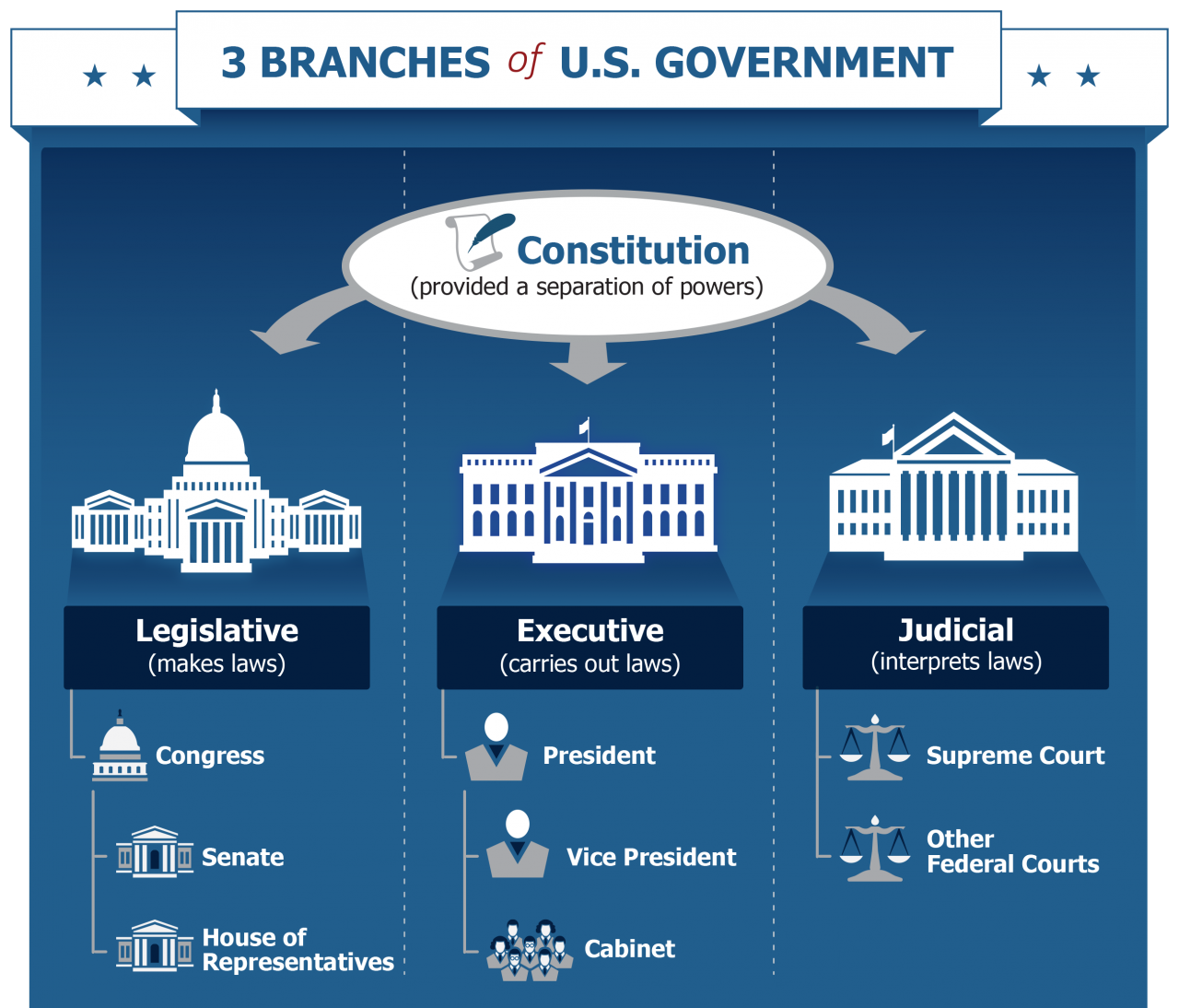
The Electoral College explained
Another key element of America’s political system is the electoral college, a body of electors which is convened every 4 years in order to elect the next President of the United States.
Now, to UK voters this might sound confusing as we have nothing like the electoral college during our elections. The main idea behind the electoral college is that it preserves states’ role in the electoral college by essentially acting like a middle-man between voters and the President-elect.
Following the US election, states appoint delegates who then vote for the candidate who won the largest percentage of the vote in their state. For example, this means that if a plurality (+1 more than the nearest opponent) of voters in the swing state of Pennsylvania cast their ballot for Biden then all the delegates will vote for Biden in the electoral college, thus giving him Pennsylvania’s 20 votes in the electoral college.
Each state is allocated a specific number of electoral college votes relative to the size of its congressional delegation. This means that the number of congressional districts (who are represented in the House of Representatives) a state has will be equivalent to the number of electoral college votes it receives and thus how much influence a state has during national elections. This creates disparity in the system because districts are based upon land mass, instead of population density.
This means that California receives 55 votes for its 53 districts and 2 senators whilst New York state receives 29 votes despite having a population of 20 million compared to California’s 40 million. The gap is even more pronounced in smaller states like Vermont who only receive 3 votes for approximately 623,000 people, thus meaning that 1 EC vote in Vermont represents 207,000 people whilst California gets one vote per every 718,000 citizens.
Swing states: what are they, and which ones to watch out for?
There are a few key states with a substantial number of electoral college votes whose population is often narrowly split between both parties. In 2020, the key battleground states are Pennsylvania, Michigan, Wisconsin, Florida, Ohio, Iowa, North Carolina and Arizona.
In 2016, Pennsylvania, Michigan and Wisconsin unexpectedly flipped in favour of Trump, somewhat similarly to the 2019 UK General Election where white working-class voters in traditional Labour areas gave the Conservatives a landslide victory.
If the electoral map stays the same as it was in 2016 but Biden flips PA, MI and WI then he’ll secure 273 votes, meaning he has gained the magic number of 270/538 to win the Presidency, regardless of whether he actually wins the popular vote (despite polls predicting a comfortable victory in the popular vote).
In swing states, Republicans voters are often over-represented when compared to the rest of the USA. This is due to the fact that many swing states are either large rural states (e.g. Florida) or former rust-belt states who traditionally vote Democrat but following decades of declining industry (like the key Democratic target of Pennsylvania) are identifying with Trump’s populist rhetoric of “make America great again”.
Meanwhile, Democrats are seeking to capitalise on Trump’s handling of the Covid-19 pandemic to mobilise the electorate in favour of Biden.
It is also not just former Democrat states that are at key battlegrounds this year. Many former Republican strongholds could turn Blue, including:
- Florida – who reverted back to its Republican roots in 2016 after voting for Obama twice however the latest poll puts Biden-Harris 1.9 points ahead
- Texas – the largest GOP stronghold with 38 EC votes, is polling in favour of Biden at a razor-thin margin of 0.2 per cent. Texas hasn’t voted Democrat in a Presidential election since Jimmy Carter defeated Gerald Ford in 1974 so a win in Texas could give Biden the election.
What are the key issues?
Election 2020 is, in many ways, a remarkable, once in a generation election. Set against the background of an ongoing culture war between the conservative establishment and a progressive, socially-conscious urban youth, this election is about many issues which America is seemingly split down the middle by – not to mention the issue of Covid-19.
Following a summer of unrest after the killing of George Floyd in Minneapolis and the shooting of Jacob Blake in Kenosha, police brutality has shot up as an issue on voters minds. Many left-leaning groups will be hoping to use ‘get out the vote’ campaigns to mobilise large minority groups who often stay home without even mentioning the voter suppression many face in more southern states such as Georgia.
Alternatively, the Trump camp will be seeking to use the dominance of the Christian right to make the election about issues such as ‘freedom from oppression by the government’ and states’ rights which seek to influence voters concerned with moral issues and controversial subjects such as gun reform and abortion.
Healthcare and the economy are also front and centre due to the Covid-19 pandemic which has seen swathes of criticism levelled at the Trump administration over their gross mishandling of the deadly virus which has claimed over 200,000 American lives’ so far.
Furthermore, the New York Times’ exposé on the President’s tax returns, revealing he only paid $750 in federal taxes in 2016 and 2017, has left many voters enraged and called into question Trump’s claim of being a successful businessman – a line which boosted his popularity amongst rust-belt voters in 2016.
So, what happens next?
America decides – the battle for the soul of the nation.
Should Trump win voters can expect a continuation of his right-wing conservative agenda and cuts to taxes, social security and healthcare. Despite pollsters predicting a comfortable Biden majority in the popular vote, the machinations of the electoral college could make a razor-thin race even tighter and may require a Supreme Court ruling to decide the victor.
Concerns have also been raised over postal voting with record numbers of absentee ballots expected to put massive pressure on an already severely under-funded postal system. President Trump has not committed to a peaceful transition of power should he lose the race, raising concerns over what could happen if he refuses to vacate the White House.
It is unlikely that we will get a result on the night of 3rd November due to mass mail-in voting, recounts, and other litigation issues. But it’s one to watch over the next week.
Regardless of who wins or loses, this election is one that will go down in the history books as an unprecedented event that is a literal battle for America’s past, present and future. It is unlikely that we will ever get a race this unique again. With predictions of civil unrest regardless of who wins the White House, it is clear that there has never been a more important election to vote in – or one where America’s status as a liberal democracy is more precarious.


